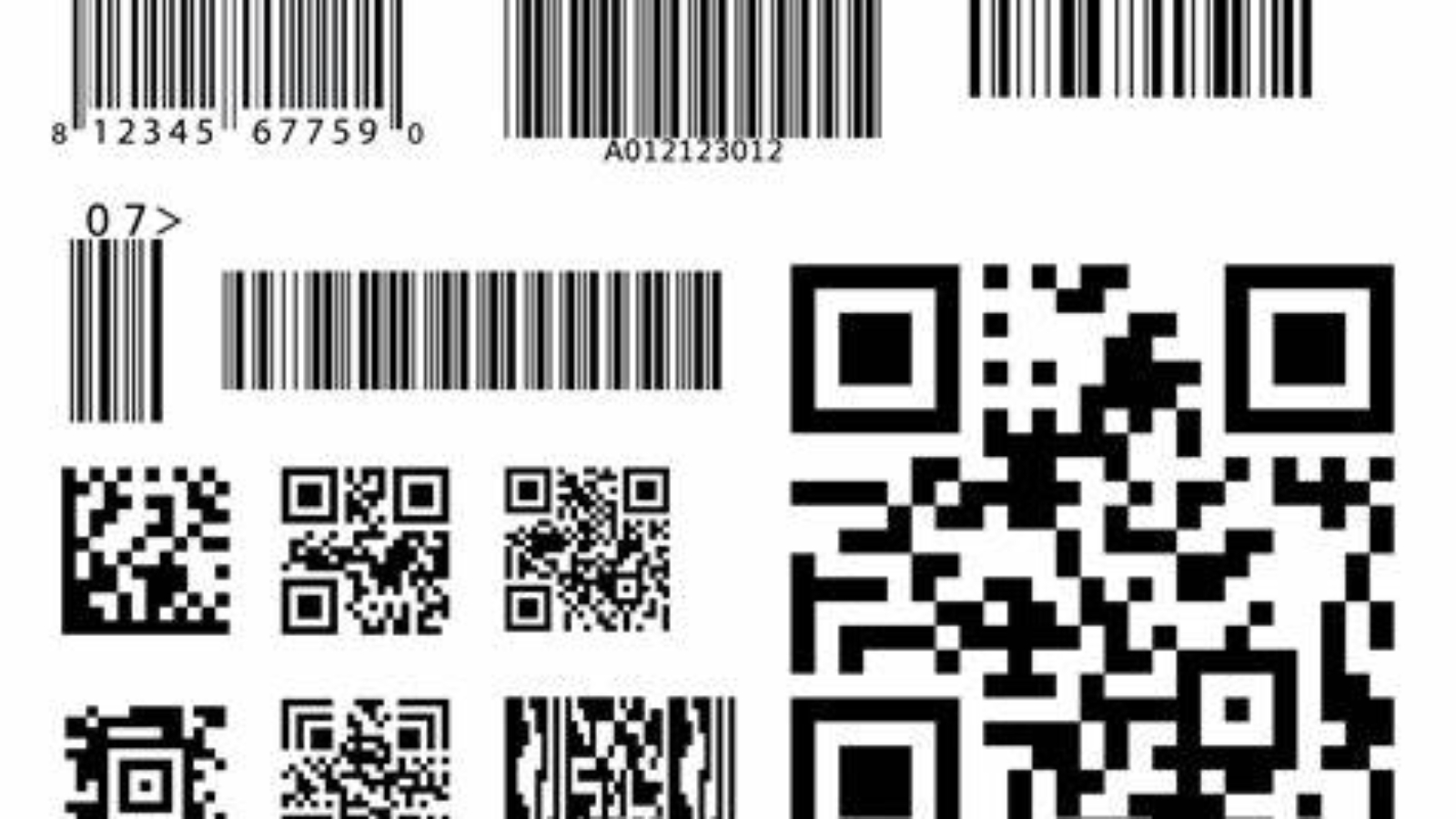Barcode
Definition: A barcode is a visual representation of data in the form of parallel lines of varying widths and spacing. Each pattern of lines corresponds to specific information, usually a unique identifier for an item.
Types:
- 1D Barcode: A single row of vertical lines, such as the UPC (Universal Product Code) commonly used on retail products.
- 2D Barcode: More complex, with both vertical and horizontal patterns, such as QR codes and Data Matrix codes.
QR Code
Definition: A QR (Quick Response) code is a type of 2D barcode that can store significantly more data than a traditional 1D barcode. It consists of black squares arranged on a white background, which can be read by a camera or smartphone.
Capabilities:
- Storage: Can store various types of data, such as URLs, contact information, text, and more.
- Error Correction: Built-in error correction allows QR codes to be read even if partially damaged.
Relevance in Business
Inventory Management:
- Tracking: Barcodes and QR codes are essential for tracking inventory accurately and efficiently. They help businesses monitor stock levels, manage orders, and reduce errors in inventory records.
- Automation: Scanning codes automates the process of recording product information, reducing the need for manual entry and minimizing human error.
Point of Sale (POS):
- Speed: Scanning barcodes or QR codes at checkout speeds up the transaction process, improving customer experience and reducing wait times.
- Accuracy: Ensures accurate pricing and product identification, reducing discrepancies and potential losses.
Marketing and Customer Engagement:
- Promotions: QR codes can be used in marketing campaigns to direct customers to promotional websites, digital coupons, or exclusive content.
- Interaction: Enhances customer interaction by providing a quick and easy way to access information, participate in loyalty programs, or leave feedback.
Product Information:
- Details: QR codes on packaging can link to detailed product information, user manuals, or instructional videos, providing added value to customers.
- Traceability: For industries like food and pharmaceuticals, barcodes and QR codes help in tracing the origin and journey of products, ensuring quality control and compliance with regulations.
Security and Authentication:
- Counterfeit Prevention: Unique barcodes and QR codes can help in verifying the authenticity of products, protecting against counterfeiting and ensuring brand integrity.
- Access Control: Used for secure access to buildings, events, or systems by scanning personalized codes.
Data Collection and Analytics:
- Customer Insights: Scanning codes can provide valuable data on customer behavior, product popularity, and purchase patterns, aiding in business decision-making and strategy development.
- Operational Efficiency: Helps in monitoring and analyzing operational processes, identifying areas for improvement, and optimizing resource allocation.
In summary, barcodes and QR codes are versatile tools that enhance various aspects of business operations, from inventory management and sales to marketing and customer engagement. Their ability to streamline processes, improve accuracy, and provide valuable data makes them indispensable in the modern business landscape.



Add a Comment